
Toxopneustes pileolus is not commonly seen at Kwajalein or Enewetak Atolls. With one exception, the 15 to 20 specimens we have observed were along lagoon sandy or rubbly reefs, sometimes near patches of Halimeda algae, sometimes partially buried in the sand, and nearly always with the animal well covered with rocks and algae its tube feet hold above the test. The one exception was one spotted at night in one of the Kwajalein reef quarries. The generic name Toxoneupstes is appropriate; this one has a venomous "bite." The round or folded "flowers" that cover the animal are its pedicellariae, which are three-cornered claw-like appendages that can close down on flesh, delivering a venomous and painful sting. It is said that envenomation from a pedicellaria bite can continue even when the pedicellariae are detached from the urchin's body, so any that any left on the victim should be removed immediately. However, once attached, they may be difficult to dislodge. I'm not sure of their accuracy, but there have been reports of human fatalities from bad stings, although those could have been from allergic reactions. Still, the animal is nothing to mess with.

The three-cornered jaw-like pedicellariae are closed up below.

Here the pedicellariae are still mostly open, ready to bite.
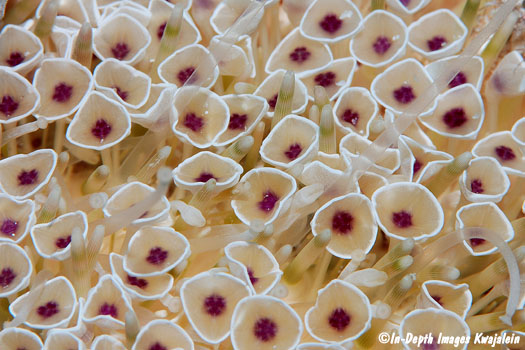

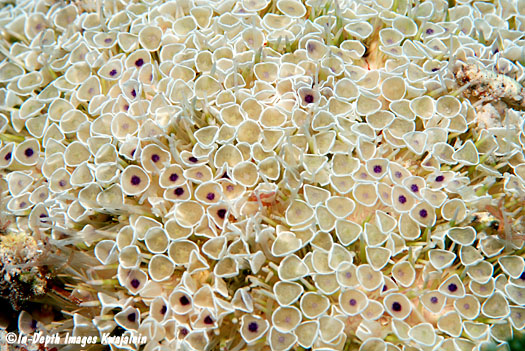
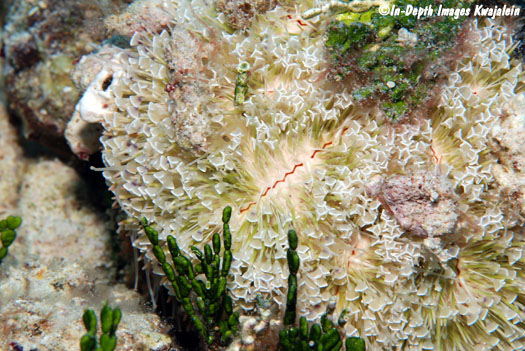
Underside and mouth.

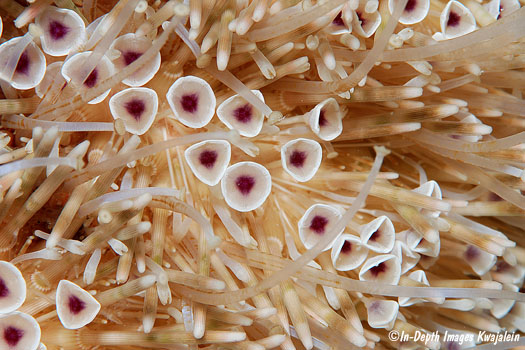
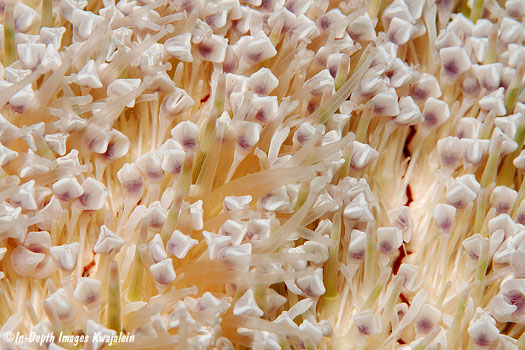

This is the way they are often seen, or not seen, on a rubbly reef. The urchin's tube feet carried and are holding rocks over nearly the entire animal.
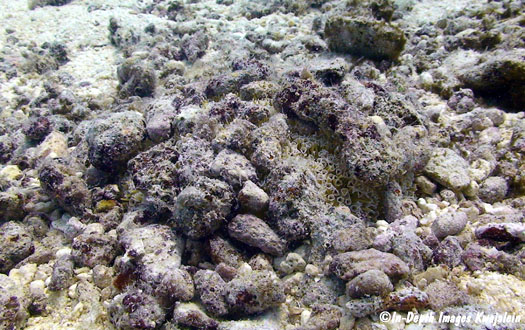
More camouflage with rocks and algae.
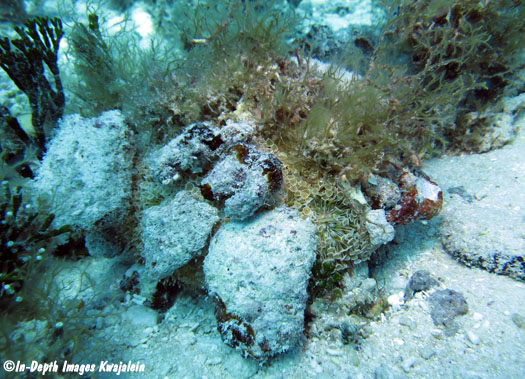
With some of the rocks carefully peeled away.


A small individual down in the algae.
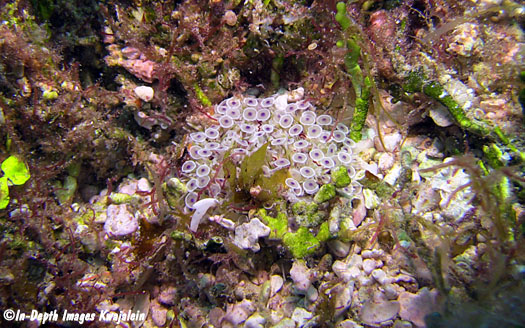
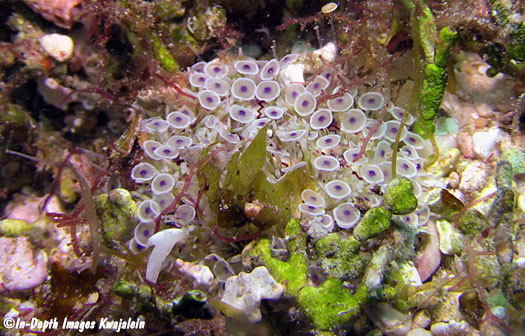
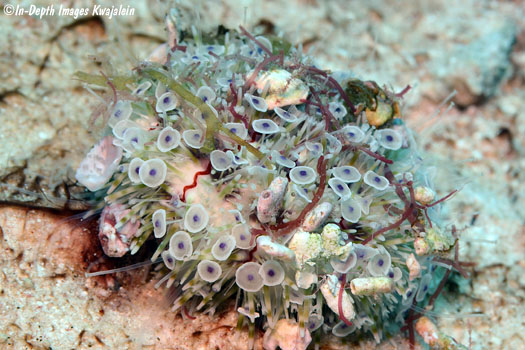
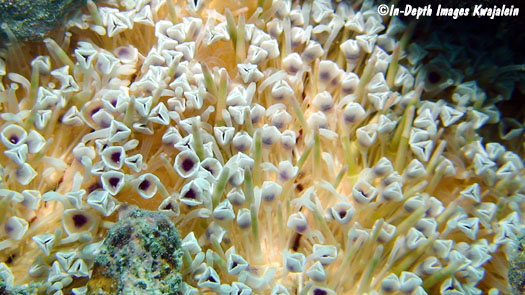
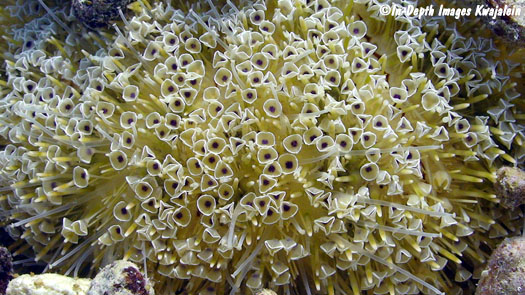
Created 16 June 2018